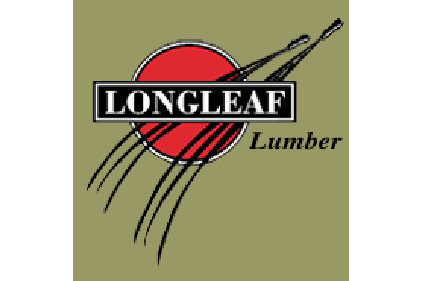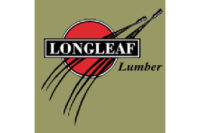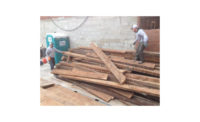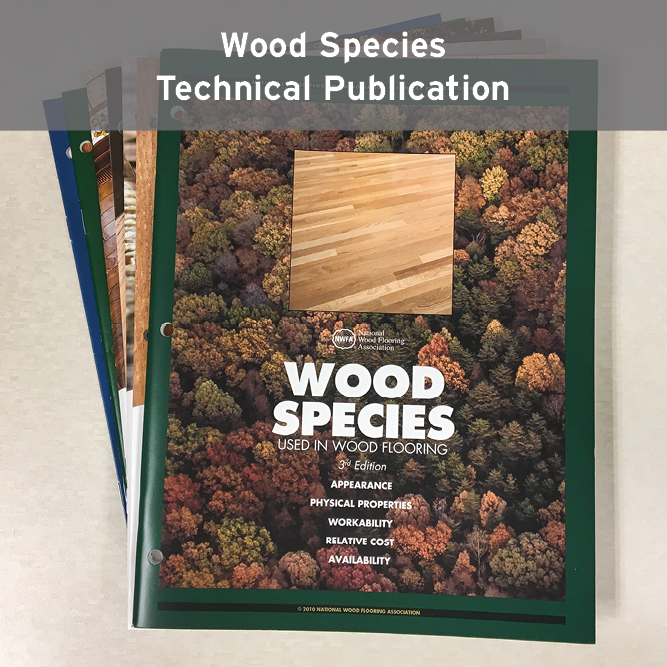Longleaf Uses Reclaimed Wood for New Products


|
| Salvaged wooden beams and floorboards used in the 1891 construction of Manchester’s historic Amoskeag Mill No. 12 Annex are being recycled into flooring, paneling, and other millwork products by lumber company Longleaf Lumber. |
Salvaged wooden beams and floorboards used in the 1891 construction of Manchester’s historic Amoskeag Mill No. 12 Annex are being recycled into flooring, paneling, and other millwork products by lumber company Longleaf Lumber.
Heart Pine beams and maple floorboards were salvaged from the building during renovations that involved removing portions of one floor, according to the company. The annex, used as the Amoskeag mills’ cloth room, was the building where woven cloth was inspected, sorted, treated, finished, and packaged for shipping.
Longleaf Lumber has recently begun sawing the Heart Pine timbers, which were originally cut from old-growth southern longleaf pine trees and shipped north for industrial building. Prized for its incredibly slow growth, density, and rot/insect resistance, longleaf pine has been logged out of commercial existence, today surviving only in preserved areas of the south.
The history of the Amoskeag mills is an exciting part of the process. “These woods are a part of textbook American history,” says Longleaf owner Marc Poirier. “Thousands of American immigrant families got their start working on these boards and beams, and in 1909 Lewis Hine photographed workers here. It doesn’t get more historic than this.”
Longleaf Lumber, a specialty Heart Pine mill, is manufacturing the salvaged Heart Pine into six particular grades of flooring and paneling for historic and new flooring projects. The maple reclaimed from Mill No. 12 Annex is destined almost exclusively for flooring applications.
For more information, visit longleaflumber.com.
Looking for a reprint of this article?
From high-res PDFs to custom plaques, order your copy today!








